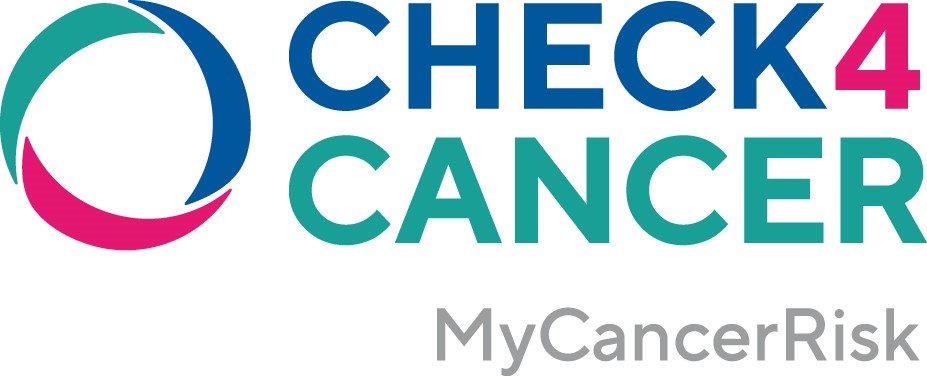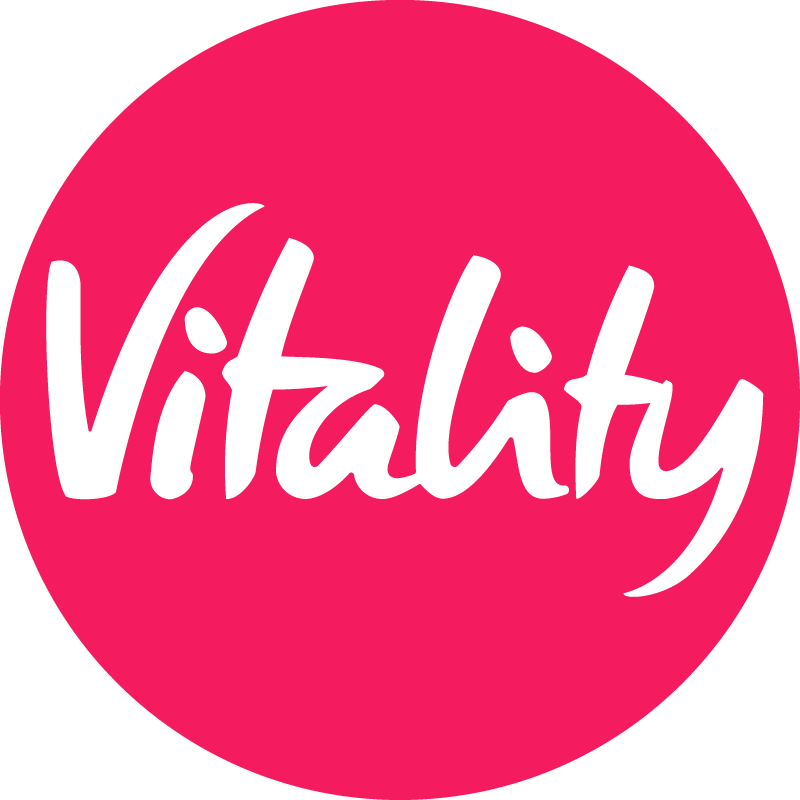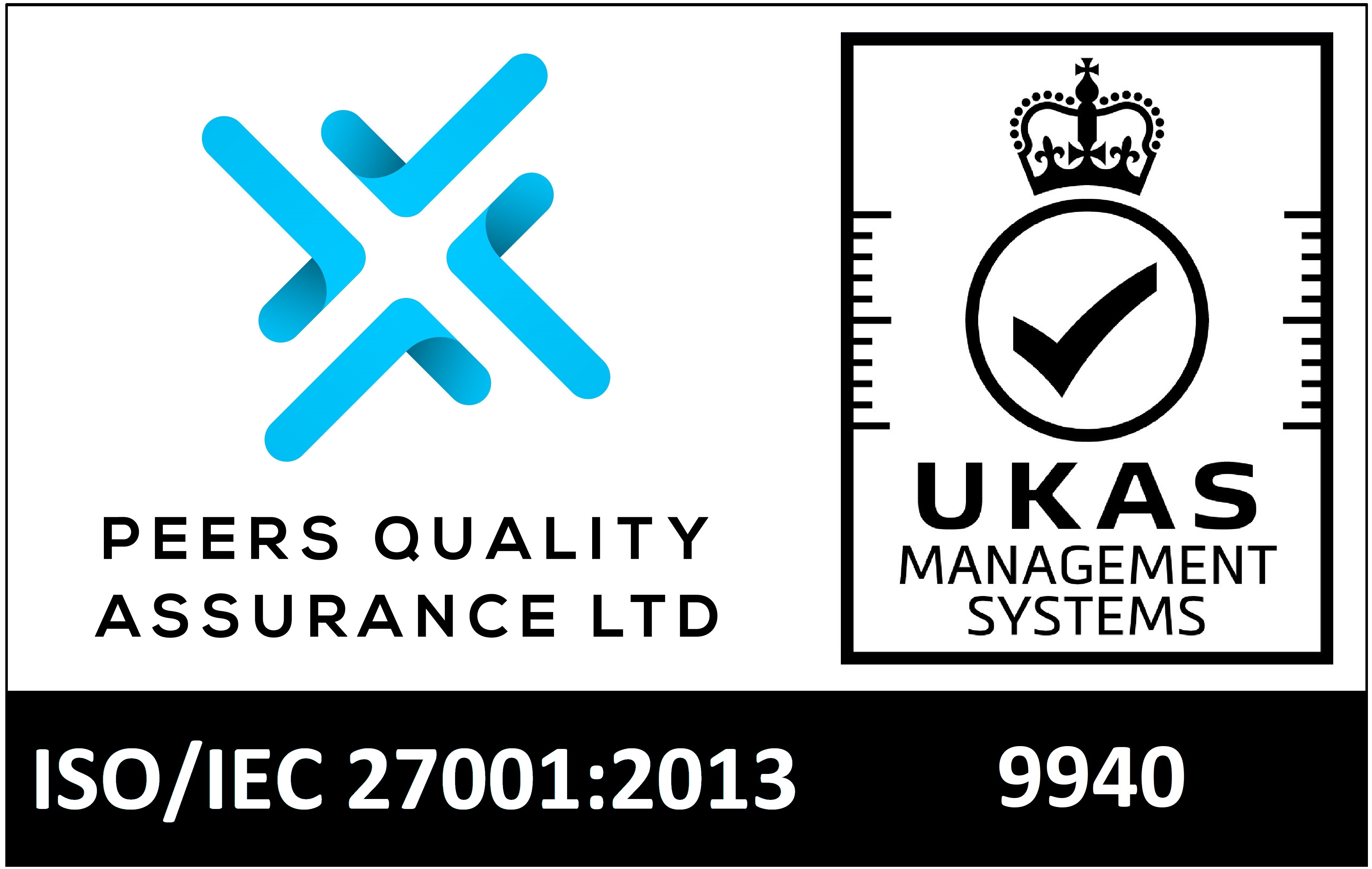Who is at risk of breast cancer?
There are many breast cancer risk factors for women and men which include both lifestyle and genetic factors. More than 55,000 new cases of breast cancer are diagnosed each year in the UK, with approximately 400 of those being men. This means that 1 in 7 women will develop breast cancer in their lifetime.
The key breast cancer risks include:
- Age
- Reproductive history
- Hormones (oestrogen)
- Breast density
- Previous breast disease
- Family history of breast and/or ovarian cancer
- Genetic inheritance
- Lifestyle Factors
- Radiation exposure
What should you look out for? What are the symptoms of breast cancer?
Breast awareness is about becoming familiar with how your breasts look and feel, whatever your age, so that you can increase your chances of spotting breast cancer symptoms early.
Your breasts may change at different times during the month and as you get older, but if you are breast aware, you will recognise the changes.
Symptoms to look out for:
- A breast lump or thickening in the breast which is different to the rest of the breast tissue
- Continuous breast pain in one part of the breast or armpit
- One breast becomes larger or lower/higher than the other breast
- A nipple becomes inverted or changes shape or position
- Changes in the skin of your breasts including puckering or dimpling
- Swelling under the armpit or around the collarbone
- A rash on or around the nipple
- Discharge from one or both nipples
The breast awareness five-point code:
1. Know what is normal for you
2. Look at and feel your breasts to look for any recent changes
3. Know what changes (such as breast lumps or thickening) to look for
4. Report any changes to your GP or breast specialist without delay
5. Have routine breast screening from age 47+
Male Symptoms
The most common symptom of breast cancer in men is a unilateral firm lump in the breast tissue deep to the nipple. This is nearly always painless and other symptoms may include:
- Oozing from the nipple (a discharge) that may be blood-stained
- Swelling of the breast
- A sore (ulcer) in the skin of the breast
- A nipple that is pulled into the breast (called nipple retraction)
- Lumps under the arm
How to reduce your risk
A number of changes to your lifestyle can significantly reduce your risk of breast cancer including:
- Having children, especially at a younger age, and breastfeeding
- Reducing your weight if overweight or obese
- Increasing your physical activity
- Reducing your alcohol intake
- Avoiding HRT or oral contraception where possible
- Having regular breast cancer screening from age 40+, depending on your risk
Why should I get tested?
Fortunately, long-term survival rates have increased during the last 20 years as a result of increased breast awareness, breast screening, and the introduction of rapid access to one-stop diagnostic clinics.
If breast cancer is detected early, there is a very good chance that it can be treated successfully.
Although rarer, male breast cancer can be more complex and often presents at a more advanced stage. As with women, the single biggest risk factor for breast cancer in men is increasing age. Most cases of male breast cancer are diagnosed between the ages of 60 and 70.
How can I get tested? What are the tests available and how does it work?
Different types of tests for women and men include;
Ultrasound
The main diagnostic tool used in the clinic is ultrasound imaging which uses sound waves to produce pictures of the internal structures of the breast. Ultrasound is primarily used to help diagnose breast lumps or other changes the consultant breast surgeon may detect during your clinical breast examination. Ultrasound is safe, painless, non-invasive, and does not use radiation.
Mammograms
These involve taking an x-ray picture of each breast and can detect cancer at an early stage before changes can be felt in the breast by you or your doctor.
Check4Cancer offers private mammograms for breast cancer diagnosis. Mammography is specialised medical imaging that uses a low-dose x-ray system to see inside the breasts.
NHS breast screening programme
In the UK, women aged 50–70 are invited to attend breast screening every three years as part of the NHS Breast Screening Programme. To access NHS breast screening services you can call your GP or contact your local breast screening service, click here to find out more.
Find out more
- World Cancer Day - The importance of screening & reducing your risk
- Ask the Expert - Professor Gordon Wishart discusses menopause and breast cancer
- A handy guide to performing a breast self-examination in 6 steps
- Ask the Expert - Maria Daultrey discusses how to be breast aware by regularly checking your breasts
- Reduce your cancer risk with lifestyle changes that you can make today
- Ask the Expert: Professor Gordon Wishart discusses the importance of screening mammograms to detect early breast cancer
- Professor Simon Russell answers some of the most pressing questions around breast cancer in our 'Ask the Expert' blog
- BeBreastAware - find out about the signs and symptoms of breast cancer
- BeBreastAware - find out about screening mammograms, what is involved and when you should be screened
- Male Breast Cancer - know the facts and get checked
Why do you have to be a certain age to access screening?
Cancer screening is available at ages when the benefits are greatest, and the harms are smallest. These ages are determined by research and clinical guidance to ensure the benefits of screening outweigh the risks to individuals.
People who are at a younger age than the screening age limits are generally at a lower risk of cancer so for this group, the harms of screening would outweigh the benefits.
If you are experiencing any symptoms, screening is not suitable for you so please contact your GP as soon as possible to discuss your symptoms.
What if I am at higher risk and below the age limit for screening?
If you have been found to be at a higher risk for a particular cancer type, it is still important for you to be aware of this information. This could be as a result of your family history and/or your lifestyle factors. If you have a strong family history of a particular cancer you should speak with your GP to see if you are eligible for earlier NHS screening.
If your lifestyle factors are increasing your risk, you can visit the Education Hub to access information and guidance around possible ways to reduce your risk.





